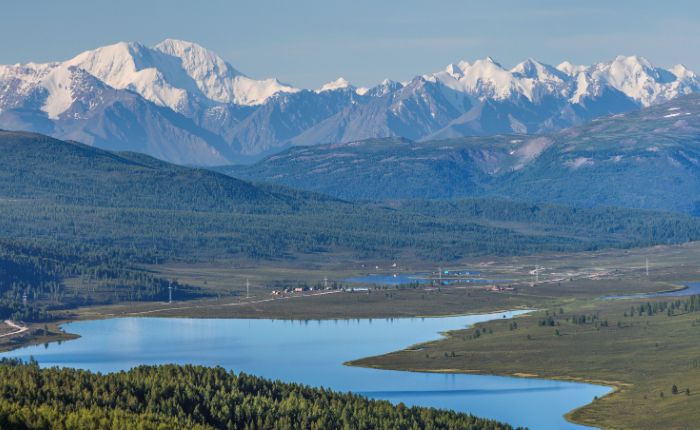Himachal Pradesh, a beautiful state in northern India, is known for its breathtaking snow capped peak that are part of the massive Himalayan mountain range. These peaks are not only stunningly gorgeous, but they are also culturally, ecologically, and geographically significant.
Here are some significant phrases for Himachal Pradesh’s snow-capped peaks:
The Himalayas, a vast and towering mountain range, play a defining role in the landscape of Himachal Pradesh, with their distinctive snow capped peaks serving as awe-inspiring icons that attract travellers from all over the world.

Among these peaks, the Pir Panjal Range stands out, reaching over Himachal Pradesh and displaying its own distinct beauty, defined by snow-capped peaks and a diverse range of habitats.
The Dhauladhar Range, also known as the “White Range” due to the year-round snow cover on its peaks, is another prominent sub-range within the state. This range is not only visually stunning, but it also has an impact on the temperature and topography of the surrounding areas, making it a scientific and ecological hotspot.
These snow-capped summits are spiritually significant in addition to their physical magnificence. Kinnaur Kailash, a revered snow-capped mountain in the Kinnaur area, is thought to be Lord Shiva’s residence.
This attracts both pilgrims and trekkers, bridging the gap between faith and adventure.
Peaks like Shrikhand Mahadev, a destination in the Kullu area that needs a difficult pilgrimage on its snow-covered slopes, are well-known among trekkers. The consecration of the peak to Lord Shiva lends a spiritual dimension to the physical climb.
The Spiti Valley’s Manirang Peak welcomes mountaineers and trekkers to explore its heights. Set against the icy terrain, it provides both spectacular views and a feeling of adventure.
The Friendship Peak, as the name suggests, is a symbol of friendship between India and Pakistan. This snow-covered peak, nestled in the Pir Panjal range, invites adventurers looking to overcome its heights and form bonds through shared experiences.
From Deo Tibba near Manali to the Seven Sisters Peaks in the Western Himalayas, these snow-capped peaks provide as platforms for a variety of activities.
They serve as a backdrop for skiers and other winter sports enthusiasts, as well as promote eco-tourism by encouraging visitors to respect and protect the fragile ecosystems they protect.
However, these summits are not immune to today’s global concerns. Climate change casts a pall over their never-ending snow cover, prompting concerns about melting glaciers and changed weather patterns.
In warmer months, the snow on these summits gradually melts, sustaining lower regions by contributing to the flow of essential rivers.
The snow-capped peaks’ majesty is greeted with the caution of avalanche risk, reminding us of the delicate balance between their beauty and the forces of nature.
As Himachal Pradesh continues to draw explorers, spiritual seekers, and nature enthusiasts, the state’s exceptional natural legacy, and the continuing power of nature’s grandeur, are on display.

